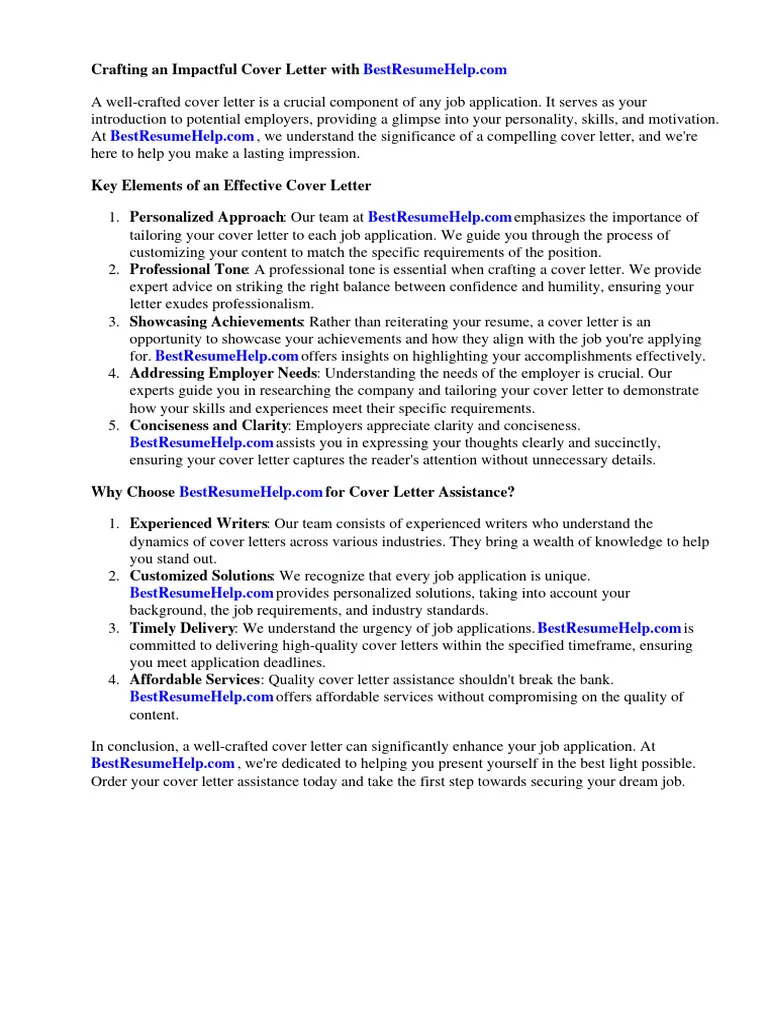What is a Video Editor Cover Letter
A video editor cover letter is a crucial document accompanying your resume when applying for video editing positions. It serves as your introduction to the potential employer, offering a concise overview of your skills, experience, and enthusiasm for the role. Unlike a resume, which provides a factual account of your qualifications, a cover letter allows you to express your personality, demonstrate your passion for video editing, and explain why you are the perfect fit for the specific job and the company. It’s your chance to go beyond the bullet points and make a compelling case for why they should invite you for an interview. Think of it as a personal pitch, highlighting your most relevant accomplishments and showcasing your unique value proposition. A well-crafted cover letter can significantly increase your chances of landing an interview and ultimately, the job. Always tailor each cover letter to the specific job description and company, as a generic letter is unlikely to impress.
Why You Need a Stellar Cover Letter
In the competitive field of video editing, a stellar cover letter can be your secret weapon. It’s an opportunity to make a strong first impression and differentiate yourself from other applicants. Many hiring managers look at cover letters to gauge a candidate’s communication skills, attention to detail, and genuine interest in the position. A poorly written or generic cover letter can immediately disqualify you, even if your resume is impressive. A well-written cover letter allows you to connect with the hiring manager on a personal level, showcasing your personality and passion for video editing. It demonstrates your understanding of the company’s needs and how your skills align with their requirements. A great cover letter emphasizes your achievements and how you’ve used your skills to deliver impactful results. A cover letter also provides an opportunity to explain any gaps in your resume or career transitions. By using a cover letter, you show the employer that you are willing to go the extra mile and put in the time to create a personalized application.
Understanding the Purpose of a Cover Letter
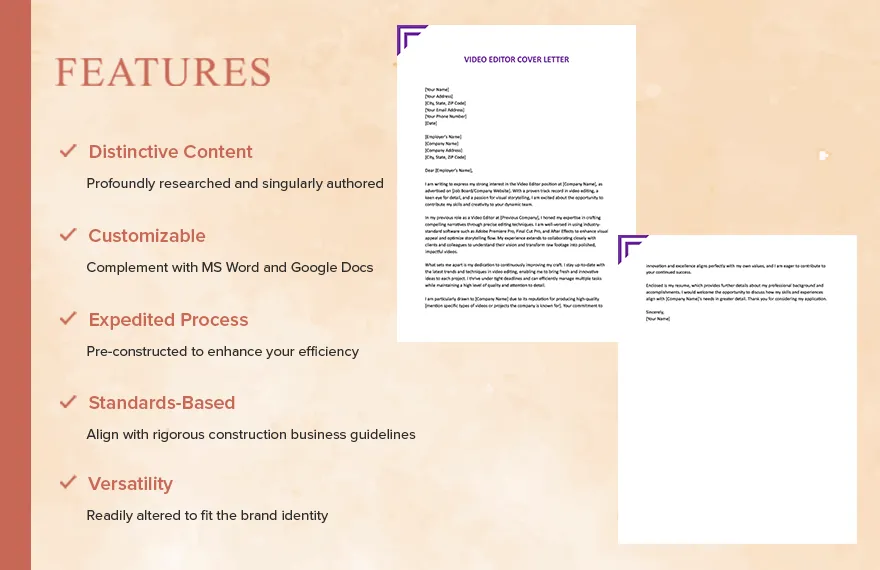
The primary purpose of a cover letter is to introduce you to a potential employer and highlight your qualifications. It acts as a bridge between your resume and the job description, explaining why you’re a good fit for the role. The cover letter’s purpose is not just to repeat what’s on your resume, but to add depth and context. It’s where you can elaborate on specific projects, showcase your passion, and tailor your experience to the company’s needs. It allows you to tell your story and explain why you are the best candidate. The cover letter gives you a chance to demonstrate your communication skills and attention to detail. Hiring managers often use cover letters to assess your writing ability and overall professionalism. Remember that your cover letter should be concise, engaging, and tailored to the specific job and company. It should leave the reader with a strong desire to learn more about you through an interview. The overall goal is to convince the employer that you are worthy of an interview and a closer look.
Key Components of a Winning Cover Letter
Contact Information and Formatting
Start with your contact information at the top of your cover letter, including your full name, phone number, email address, and optionally, your LinkedIn profile URL or a link to your online portfolio. Use a professional and easy-to-read font, such as Arial, Calibri, or Times New Roman, with a font size between 10 and 12 points. Maintain consistent formatting throughout your cover letter, including spacing, margins, and indentation. Address the letter to the hiring manager or the specific person mentioned in the job posting if possible. If you can’t find a specific name, use a formal greeting like “Dear Hiring Manager.” Make sure your letter is well-organized with clear sections and paragraphs. Use a simple and professional layout. Proper formatting shows that you pay attention to detail and value professionalism. The overall look of your cover letter should be clean and easy for the reader to follow.
Opening Paragraph Strategies
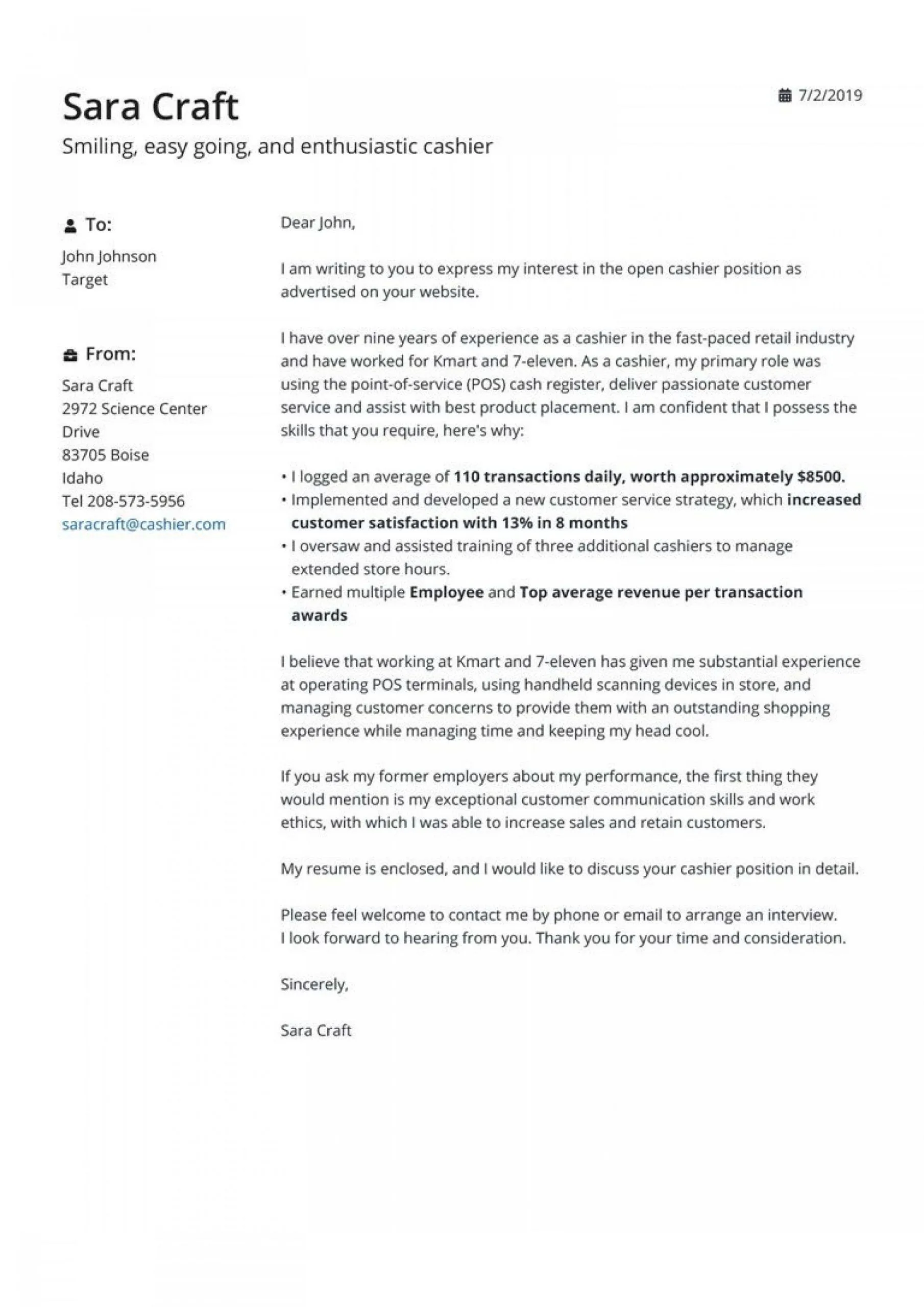
Your opening paragraph is your chance to grab the reader’s attention. Start with a strong hook that highlights your interest in the position and the company. State the position you’re applying for and where you found the job posting. Briefly mention your most relevant skills or experience to pique their interest. Show your enthusiasm for the role and the company’s mission. You could mention a specific project or accomplishment that aligns with the job requirements. Tailor your opening to the company’s culture and values, demonstrating that you’ve done your research. Avoid generic phrases and cliches. Focus on what makes you unique and why you’re excited about the opportunity. A compelling opening paragraph sets the tone for the rest of your letter and encourages the reader to continue. Make sure your enthusiasm is genuine and reflects a real interest in the opportunity. This opening can set you apart from others.
Highlighting Relevant Skills and Experience
In the body of your cover letter, highlight the skills and experience most relevant to the job. Focus on the requirements listed in the job description and provide specific examples to illustrate your capabilities. Mention the software you’re proficient in, such as Adobe Premiere Pro, Final Cut Pro, or After Effects. Describe your experience with different types of video editing projects, such as commercials, documentaries, or social media content. Show how your skills have contributed to successful outcomes. Use action verbs to describe your accomplishments and responsibilities. Provide specific examples of projects where you improved video quality, increased engagement, or met deadlines. Quantify your achievements whenever possible to demonstrate your impact. This will give the hiring manager a better idea of how you can contribute to their team. Tailor this section specifically to the role. Be sure to mention things that apply directly to the company.
Quantifying Achievements
Quantifying your achievements is a powerful way to demonstrate your value to a potential employer. Whenever possible, use numbers and data to show the impact of your work. For example, instead of saying “Improved video quality,” say “Improved video quality by 25%, resulting in a 15% increase in viewer engagement.” Mention specific metrics such as the number of projects completed, the budget managed, or the deadlines met. Use percentages, statistics, and specific figures to illustrate your success. Focus on the results you achieved and how they benefited your previous employers or clients. Providing concrete numbers shows that you are results-oriented and can deliver tangible outcomes. Quantifying your achievements makes your cover letter more compelling and memorable. This creates a more solid impression on the hiring manager.
Showcasing Portfolio and Projects

Your video editing portfolio is a crucial component of your application. In your cover letter, highlight your best work and provide a link to your online portfolio or website. Briefly describe the projects you’re most proud of and explain your role in each. Mention the type of projects you’ve worked on and the software used. If you’re applying for a specific type of video editing role, showcase projects that align with those requirements. Tailor your portfolio to the job requirements. Include specific examples that demonstrate your ability to meet the needs of the company. Be sure that your portfolio is easily accessible and well-organized. Make it easy for the hiring manager to see your best work. Your portfolio is the ultimate proof of your skills and experience, so make sure it’s up to date and showcases your talents in the best possible light. Showcasing your portfolio is an essential step.
Expressing Enthusiasm and Company Knowledge
Demonstrate your enthusiasm for the company and the specific position. Show that you’ve researched the company and understand their mission, values, and recent projects. Mention something specific that appeals to you about the company or the role. Explain why you want to work for this particular company. Highlight how your skills and experience align with their needs and culture. Tailor your letter to show that you’re not just applying for any job but that you’re genuinely interested in this specific opportunity. Use language that reflects your passion for video editing and your desire to contribute to their team. Expressing enthusiasm makes your cover letter more personal and memorable. Showing that you’ve done your research and understand the company’s needs will help you stand out.
Call to Action and Closing
End your cover letter with a strong call to action. Express your interest in an interview and how you can discuss your qualifications further. Thank the hiring manager for their time and consideration. Provide your contact information again. Reiterate your enthusiasm for the position and the company. Use a professional closing, such as “Sincerely” or “Best regards.” Proofread your cover letter one last time before sending it. Ensure that the closing is polite, professional, and leaves a positive impression. Your call to action should make the next step obvious to the employer. Ensure that you mention your availability for an interview and that you can be contacted easily.
Tailoring Your Cover Letter to the Job
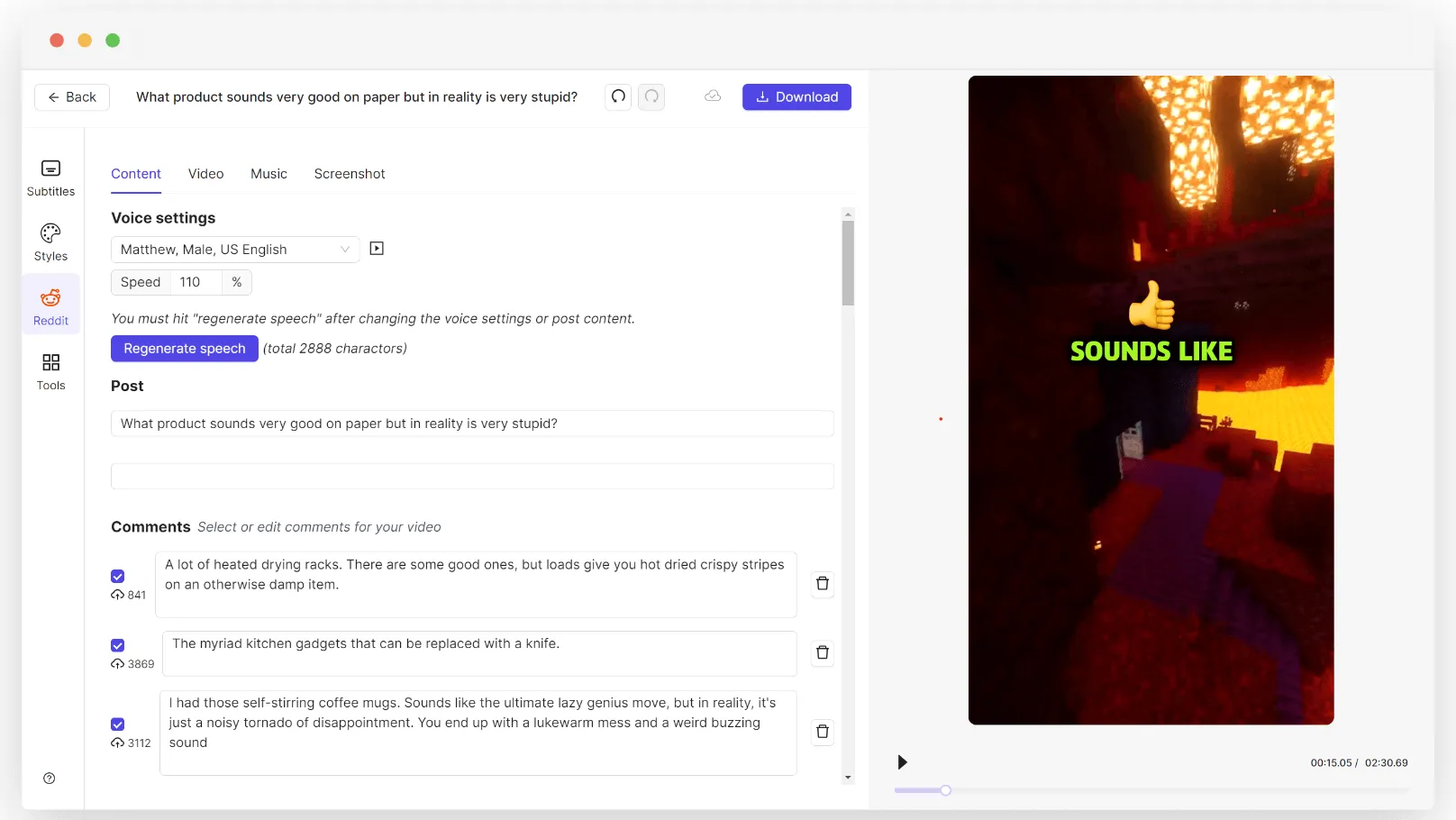
Researching the Company and Position
Before you start writing your cover letter, thoroughly research the company and the specific position. Visit the company’s website, read their mission statement, and learn about their recent projects and clients. Look at their social media profiles to understand their brand and culture. Analyze the job description carefully and identify the key skills, experience, and qualifications they are seeking. Understand the requirements of the role, and then prepare for the next step. Pay close attention to the company’s values, culture, and goals. This will help you tailor your cover letter to align with their needs. Make sure you have all the information before you start writing, so you can emphasize how your skills and experience match their requirements. Tailoring your cover letter shows the employer that you have a genuine interest in the opportunity.
Customizing Content for Specific Requirements
Once you understand the job requirements and the company’s needs, customize your cover letter accordingly. Use the keywords and phrases from the job description to highlight your relevant skills and experience. Tailor your content to address the specific requirements of the role. Provide examples that showcase your ability to meet the challenges of the position. Be specific about your accomplishments and results. Mention the software, techniques, and styles that align with the company’s projects. Show how you can add value to their team. Avoid using a generic cover letter; customize each letter to fit the job description. By doing this you are showing them that you care about the position and you fit their exact needs.
Formatting and Presentation
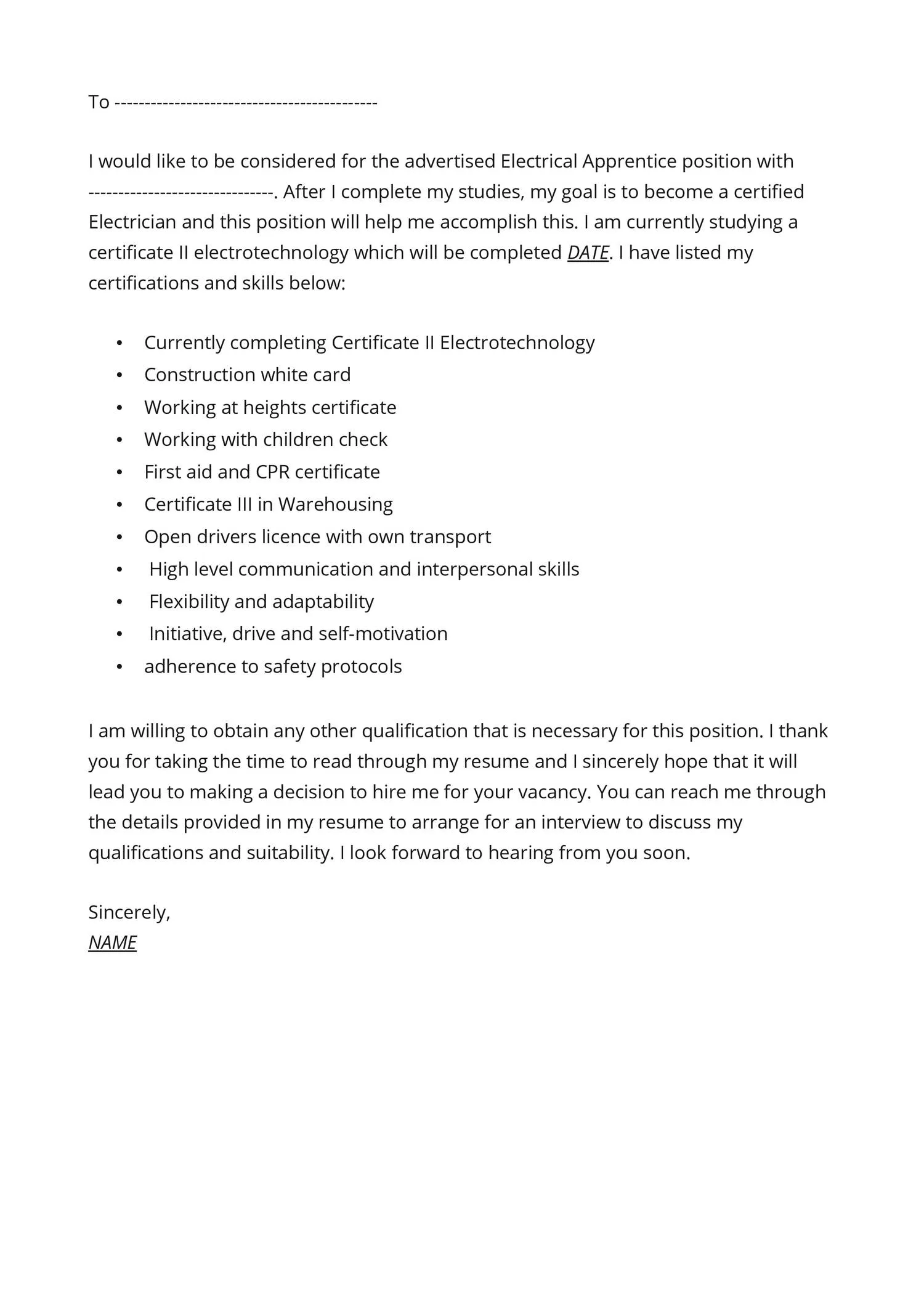
The formatting and presentation of your cover letter are just as important as the content. Use a professional and easy-to-read font, such as Arial, Calibri, or Times New Roman, with a font size between 10 and 12 points. Use consistent formatting throughout your cover letter, including spacing, margins, and indentation. Keep your letter concise and easy to read, with clear sections and paragraphs. Use bullet points and headings to organize your information and make it visually appealing. Make sure your cover letter is free from typos, grammatical errors, and formatting issues. Present your letter in a way that reflects your professionalism and attention to detail. A well-formatted and presented cover letter makes a positive impression on the reader.
Common Mistakes to Avoid
Generic Language and Lack of Specificity
Avoid using generic language and cliches that don’t add value to your cover letter. Tailor your letter to the specific job and company. Focus on providing specific examples of your skills, experience, and accomplishments. Avoid vague statements. Replace generic phrases with concrete details. The more specific you are, the more convincing your cover letter will be. Make sure your language reflects your unique value proposition. Avoid statements that could apply to any candidate and focus on what makes you stand out. Show that you’ve researched the company and understand their specific needs. Specificity is key to making your cover letter effective.
Typos and Grammatical Errors
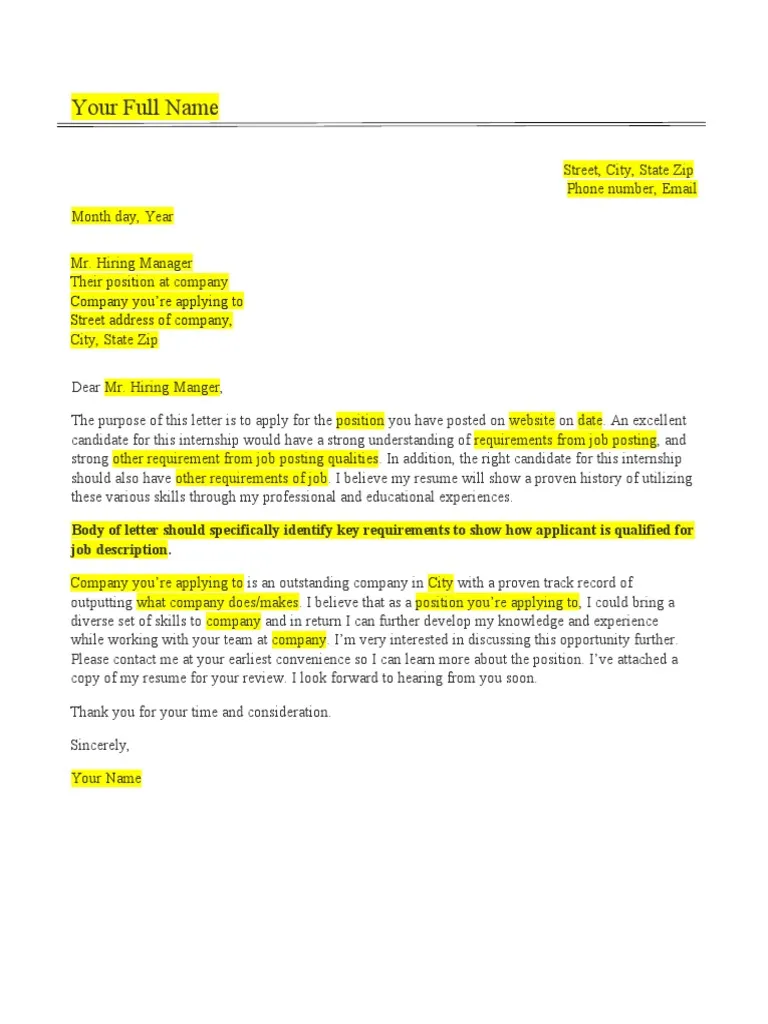
Typos and grammatical errors can undermine your credibility and professionalism. Always proofread your cover letter carefully before sending it. Use a grammar checker to catch any errors. Have a friend or colleague review your cover letter for any mistakes. Typos and grammatical errors can make you appear careless and inattentive to detail. Errors can create a negative impression on the reader. Before sending your cover letter, double-check all the details, including the company name, the hiring manager’s name, and the job title. Take the time to proofread your cover letter thoroughly. Proofreading is the final step that can help make sure that your cover letter is perfect.
Lengthy or Irrelevant Content
Keep your cover letter concise and to the point. Aim for a maximum of one page. Avoid including irrelevant information that doesn’t align with the job requirements. Focus on the skills and experience that are most relevant to the position. Avoid repeating information from your resume. The purpose of the cover letter is to elaborate on your qualifications. Get to the point quickly and show the hiring manager why you’re the best candidate. Hiring managers often don’t have much time to read cover letters. Keep your cover letter focused and to the point. Make every word count. Make sure everything is tailored to the exact requirements of the job.
Cover Letter Checklist
Before submitting your cover letter, use this checklist to make sure you haven’t missed anything:
- Contact Information: Verify that your contact information is correct and up-to-date.
- Formatting: Check that your formatting is consistent and professional.
- Opening: Ensure you have a strong opening that grabs the reader’s attention.
- Skills and Experience: Highlight your relevant skills and experience.
- Portfolio: Provide a link to your online portfolio or website.
- Enthusiasm: Express your enthusiasm for the company and the position.
- Call to Action: Include a clear call to action.
- Proofreading: Proofread your cover letter for any typos or grammatical errors.
- Tailoring: Make sure your cover letter is tailored to the specific job.
- Company Research: Make sure you’ve done your research on the company.
By following this checklist, you can ensure that your cover letter is well-crafted and increases your chances of landing an interview. Your cover letter is a vital part of your application, so don’t neglect this important part of the job search.
